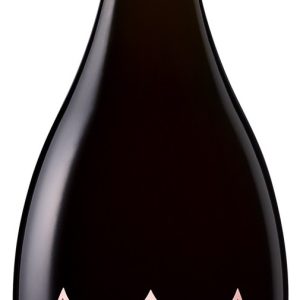Rosé or Pink Champagne Online
Rose Champagne is a type of sparkling wine that gets its pink color from the addition of red grape skins during the winemaking process. While most Champagnes are made from a blend of white Chardonnay, red Pinot Noir, and Pinot Meunier grapes, Rose Champagne incorporates a higher proportion of red grapes or allows the grape skins to stay in contact with the juice for a short period, imparting a pink hue.
The production of Champagne, including Rose Champagne, typically involves a process known as the traditional method or méthode champenoise. This method involves a secondary fermentation that occurs in the bottle, creating the bubbles in the wine.
Rose Champagnes can vary in style from dry to sweet, and they often exhibit flavors of red berries, citrus, and floral notes. They are popular choices for celebrations, romantic occasions, and as aperitifs. Some well-known Champagne houses produce high-quality Rose Champagnes, contributing to their reputation as a sophisticated and luxurious beverage.
Is Rose champagne sweet or dry?
Rose Champagne can range from dry to sweet, depending on the winemaking style and the level of residual sugar in the final product. The sweetness level of a Champagne is often classified into several categories:
- Brut Nature (or Brut Zero): Bone dry with little to no added sugar.
- Extra Brut: Very dry, with minimal sweetness.
- Brut: Dry, the most common style for Champagne, with a balance between dryness and a hint of sweetness.
- Extra Dry: A bit sweeter than Brut, despite the confusing term “Extra Dry.” It has a touch more residual sugar.
- Sec: Medium-dry, with a noticeable sweetness. This style is less common for Champagne but is found more frequently in other sparkling wines.
- Demi-Sec: Sweet, often served as a dessert Champagne.
If you prefer a dry Champagne, look for those labeled “Brut” or “Extra Brut.” If you prefer a slightly sweeter profile, you might opt for “Extra Dry” or even a “Sec” Champagne. Keep in mind that the sweetness levels can vary among different producers, so it’s always a good idea to check the specific classification on the label or ask a knowledgeable wine professional for recommendations.


